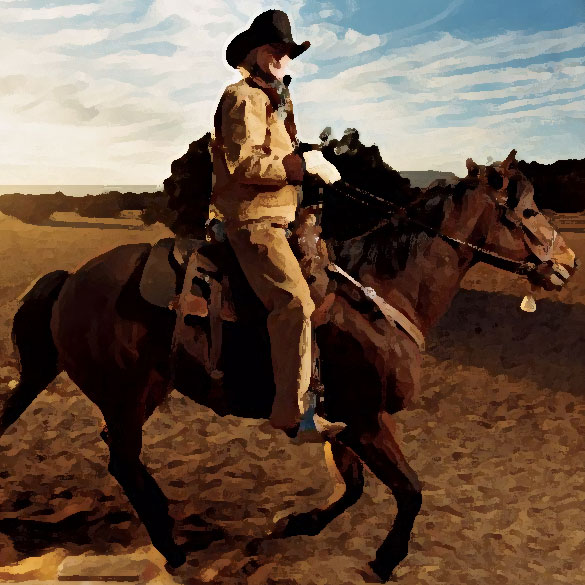When you think of the 1960s, a culturally prescribed set of images spring to mind without a moment’s thought. Flowers in gun barrels; girls in miniskirts and go-go boots; grayscale protesters of racial inequality and the war. But in his new book, The Old Adelphi Rolling Grist Mill, Doug Hornig seeks to dispel the commonly-held belief that the 1960s were all about peace, sex, drugs, and rock and roll.
While I didn’t hold much stock in his claim that “Marijuana is not what you’d call a real social drug,” Hornig launches an all-encompassing criticism of every aspect of 1960s American life as it is seen today. He voices skepticism towards the American military mentality with a tone that is at once derisive and moving. “You knew you were being considered for the honor of being shot at when a letter arrived that began, Greetings:. That was a nice touch, the Greetings,” he writes of the draft. “An entire generation has been raised up which never uses the word to greet anyone. To us, it will always carry the stench of death.”
Most haunting are his descriptions of his encounters with a paranoid schizophrenic who was briefly a friend. “A few cardboard boxes. Clothes, books, whatever. The tag ends of a life rapidly on its way down the tubes. On its way to the chilly, gleaming room where they split open a 20-year-old body and discover a 70-year-old liver inside.”
Hornig expertly uses commentary on a single social phenomenon, such as the growing trend of family dysfunctionality, to draw greater conclusions about his generation as a whole. When his paranoid schizophrenic friend describes her sexual abuse by her father, he describes his reaction in the voice of a man who has spent years training himself to be surprised by nothing. “I’d quickly recovered my composure. In my peer group, it was considered uncool to be shocked by any [of] the nasty little secrets of people’s lives. After all, the culture itself was clearly deranged. Nothing at the personal level could compare with the large-scale atrocities that were being committed daily in our name. The key to sanity was to remain aloof. You reacted with indifference because the bizarre had become the expected.”
In the introduction, he cites In Cold Blood as the basis for his fiction style. What separates Hornig from Capote, however, is that Capote used fiction style in a new approach to contemporary journalism, while Hornig uses fact-blurring nostalgia to weave a story that attempts to be more truthful than the truth itself. Names are changed and characters are split, combined, and exaggerated for emphasis. As a result, the story is told in a series of seemingly unrelated vignettes. The reader is introduced to a motley crew of characters whose peculiarities expand the modern reader’s ideas of “people in the 1960s.” Hornig has run-ins with infuriating Frenchmen, kooky anthropologists, old lovers, grizzly bikers, aspiring beatniks, and speed freaks, to name a few. In fact, the characters seem so normal and the scene so familiar that it is easy to forget that Hornig’s tale is one of the 1960s. The setting, in short, seems unimportant—which is exactly Hornig’s point. People’s troubles were the same then as they are today.
Hornig’s liberal use of creative license makes taking The Old Adelphi Rolling Grist Mill as a memoir difficult, though it somehow seems to make it more true. It is rather a nostalgic collection of stories that seek to amend the retrospective historical record. Though the book is certainly not a memoir as it claims to be in its subtitle, the reader certainly gets the sense that Hornig has done a great deal of living, and when they put the book down, they might just believe that most young people did not lead the selfish, hedonistic lives that are central to the 1960s legend that is celebrated in pop culture today. Mostly they were just trying to find their way in the world.


